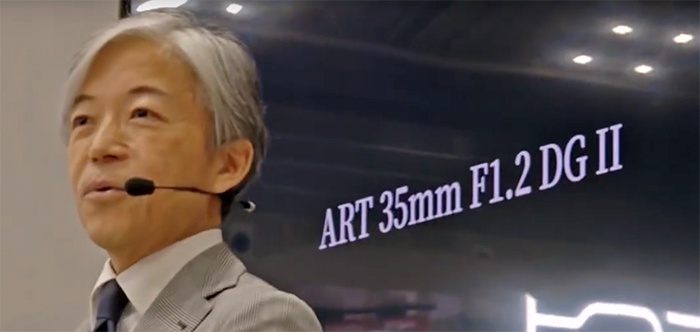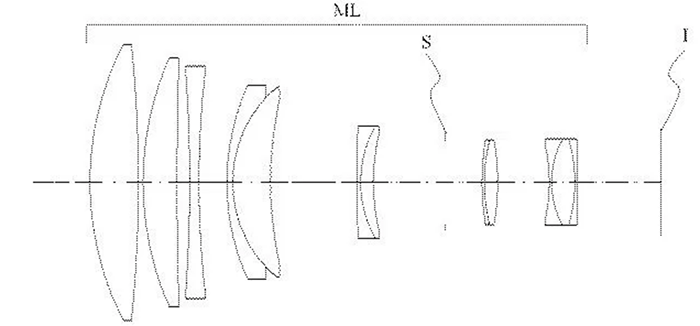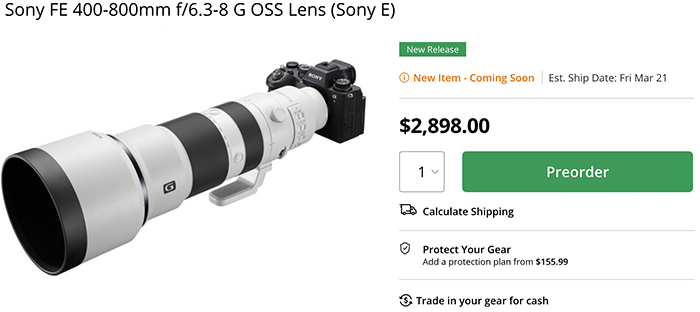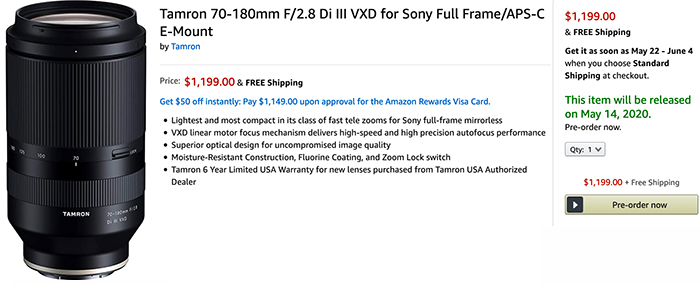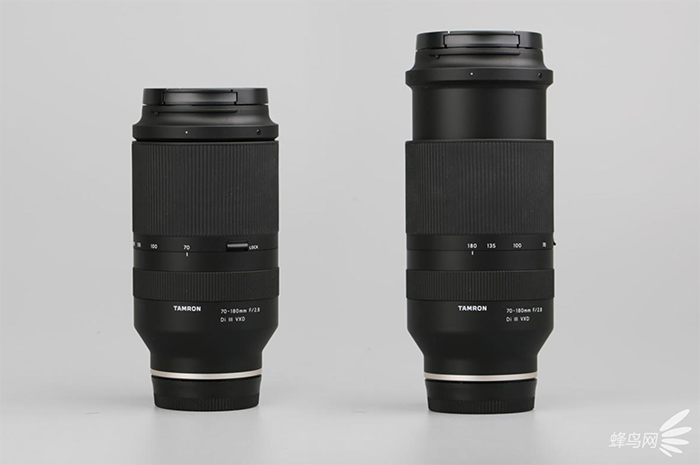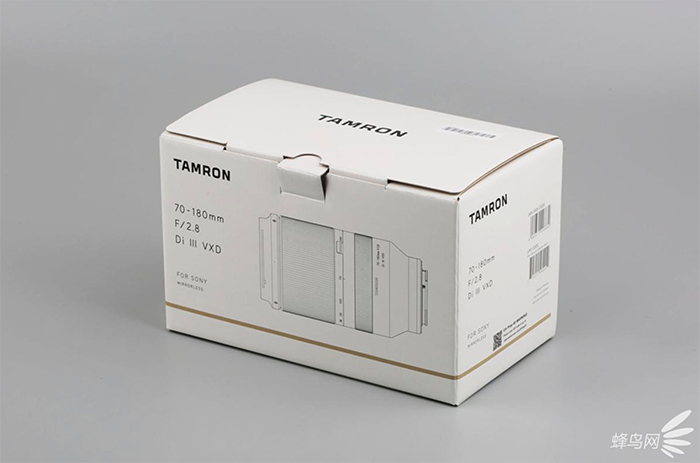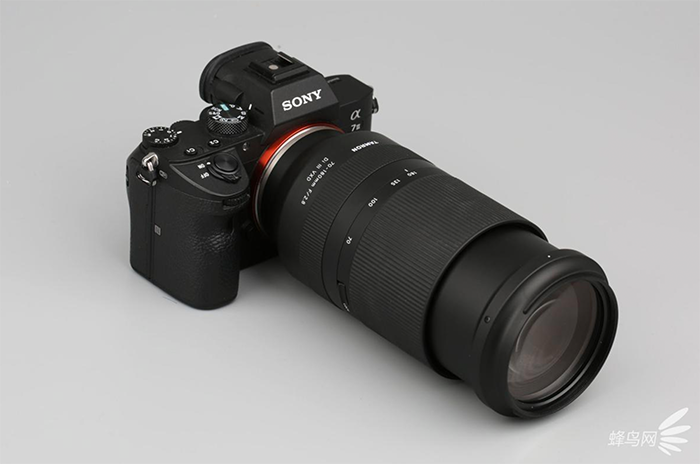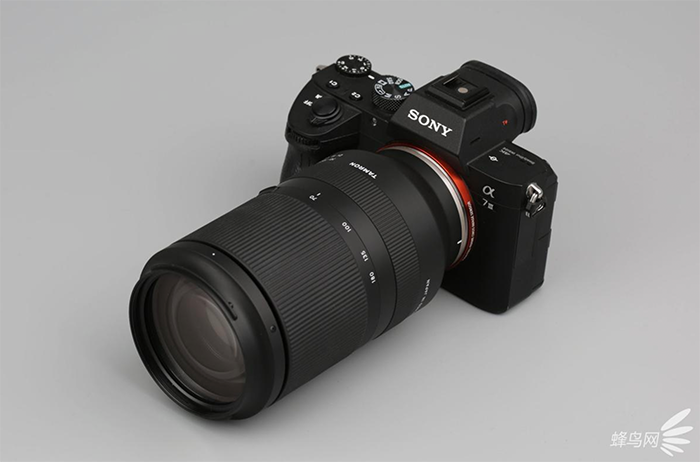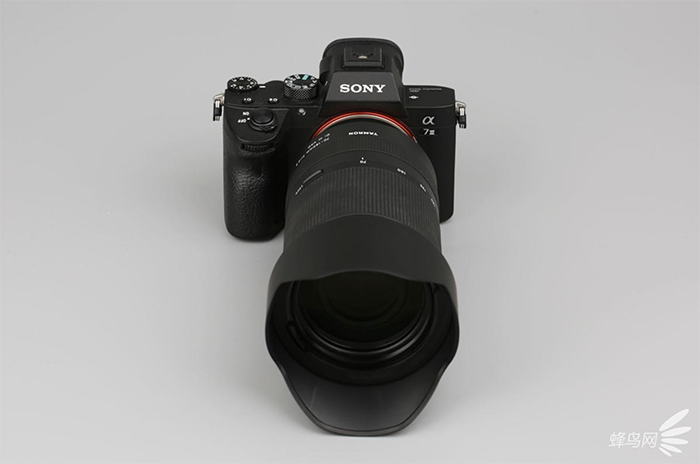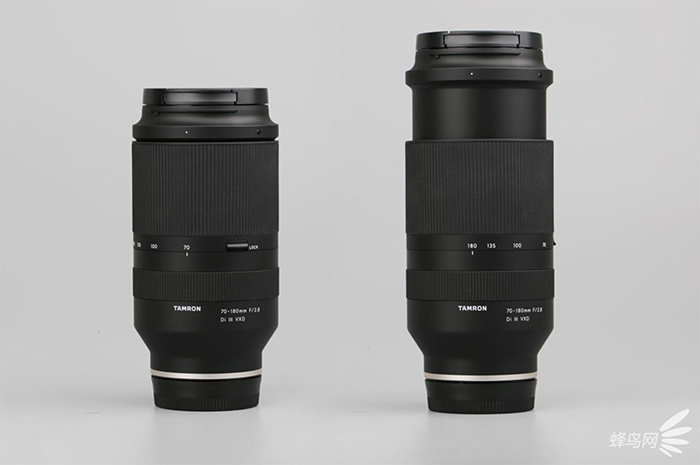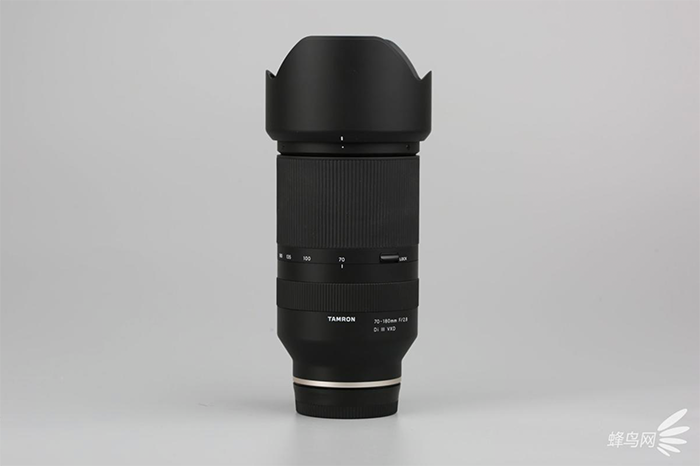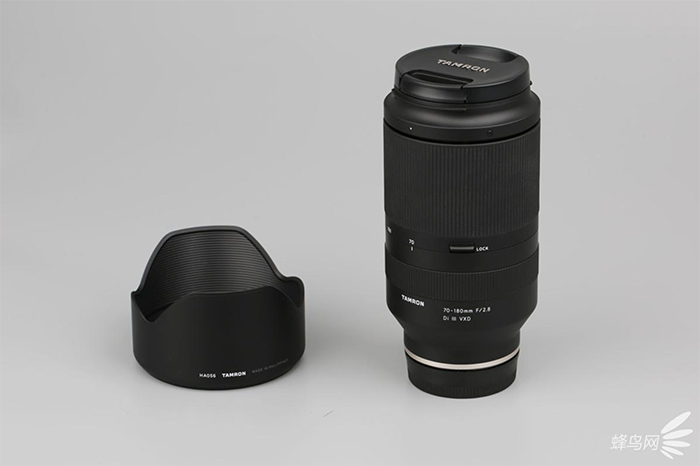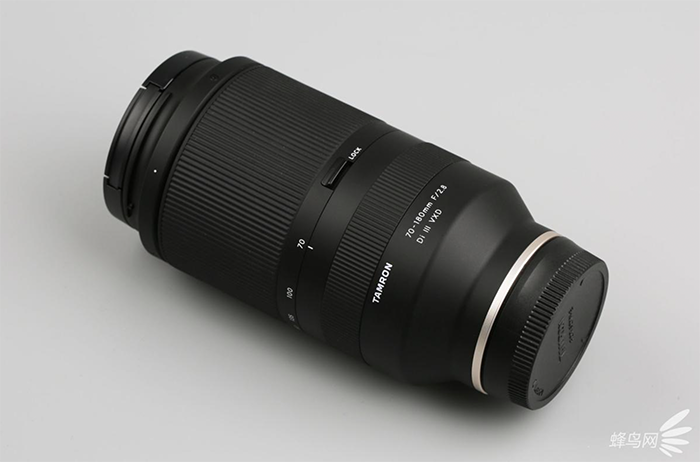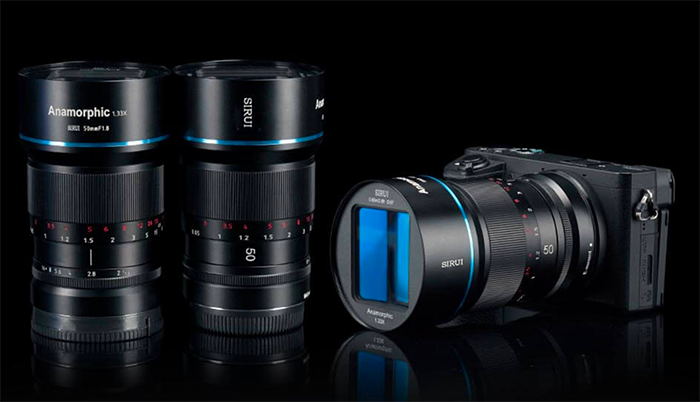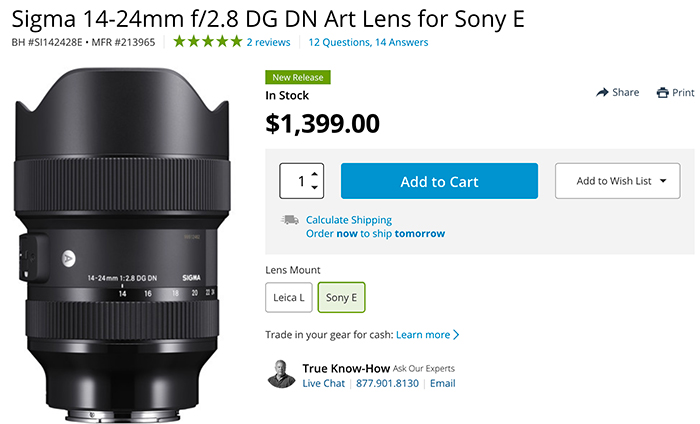
Admiringlight tested the Sigma 14-24mm f/2.8 FE lens and concluded:
The Sigma 14-24mm f/2.8 DG DN is not a cheap lens at $1,399 US, but it manages to justify that cost and then some, producing some of the highest image quality I’ve ever seen at these focal lengths. Truly exceptional image sharpness, even at 14mm, with outstanding color and contrast, great flare control, virtually non-existent chromatic aberration and an outstanding build quality make this lens not only outstanding for an ultra-wide zoom lens, but outstanding for an ultra-wide prime lens.
Sigma 14-24mm f/2.8 FE at Adorama, BHphoto, Amazon, FocusCamera, Henrys. In EU at Calumet DE, ParkUK, WexUK.
